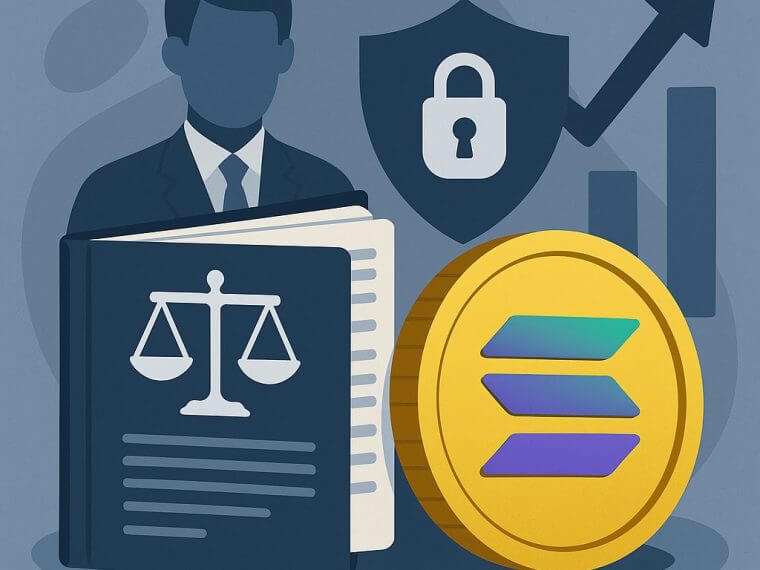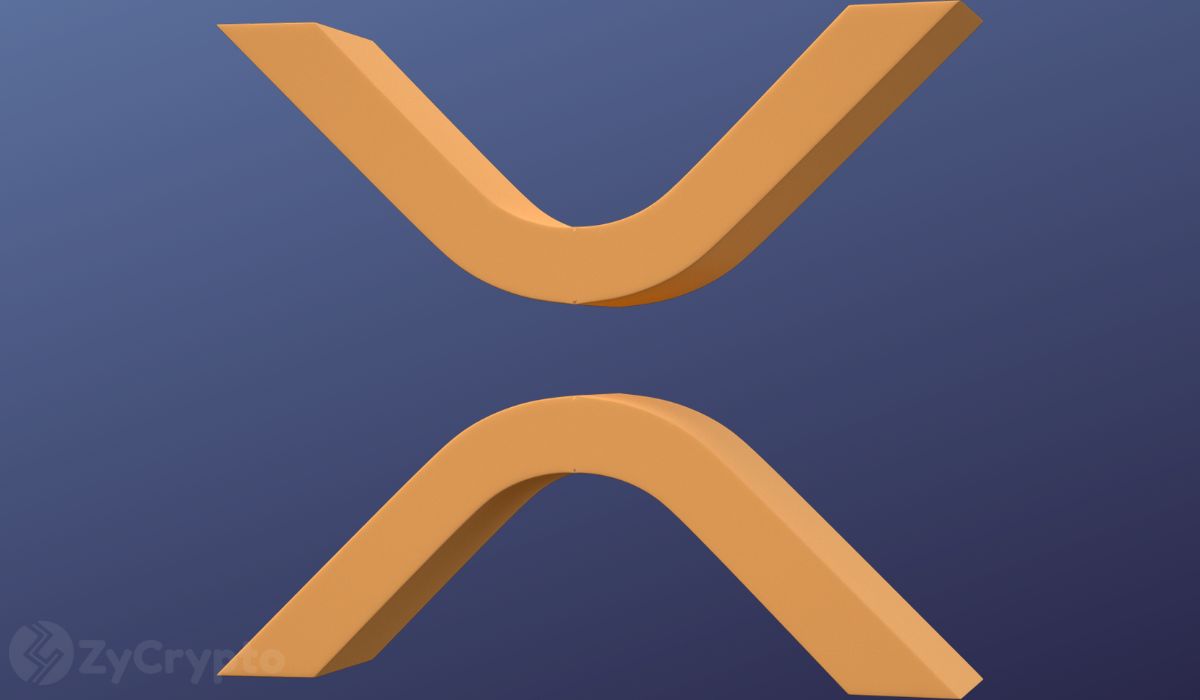Venezuela Plans To Add Bitcoin And Stablecoins To The National Banking System
TLDR
- Conexus handles 40% of Venezuela’s e-transfers and leads the crypto project.
- The system will support crypto custody, transfers, and fiat exchange.
- Banks will offer Bitcoin and USDT services under regulated oversight.
- The launch is expected by December 2025, pending system development.
Venezuela is preparing to connect digital assets like Bitcoin and stablecoins with its national banking network. This shift will allow citizens to manage cryptocurrency through their bank accounts. The goal is to offer more secure access to crypto, especially as many people use stablecoins to deal with rising inflation. A new blockchain-based system led by a key payment processor could launch by December 2025.
National Payment Firm Conexus Leads Crypto Integration
Conexus, one of Venezuela’s largest electronic payment companies, is developing the system that will bring digital assets into traditional banking. The firm handles about 40% of electronic transfers in the country. Its involvement means the infrastructure already reaches a wide portion of Venezuela’s financial activity.
The project will allow banks to provide services such as crypto custody, transfers, and exchange between fiat and digital assets. According to Conexus president Rodolfo Gasparri, the move addresses growing demand. “People in Venezuela are using stablecoins for hedging, and now banks will be able to offer these services with proper regulation,” he said.
Stablecoins Used as Protection Against Inflation
Venezuela has experienced high inflation rates for several years, weakening the local currency. This has led many residents to turn to digital assets like USDT (Tether) to store value. Stablecoins, tied to fiat currencies like the U.S. dollar, offer more predictability than the bolívar.
With this integration, users will be able to hold and transfer digital assets directly through their banks. Officials believe that putting these services under regulated systems can reduce risk. It may also allow for more oversight and help prevent illegal transactions. Gasparri explained that the system “will regulate the circulation of Bitcoin and USDT properly, giving holders true protection.”
System Could Launch by December 2025
The blockchain system is still under development, though Conexus has stated that it could be operational by the end of 2025. Banks will be able to use the platform to support crypto features without relying on third-party providers.
This could change how people in Venezuela interact with money, especially those already using crypto through informal methods. With digital asset services now coming under banking control, users may gain more confidence in using them daily. Transparency and security are central goals of the system.
The platform is expected to support not only Bitcoin and Tether but possibly other stablecoins in the future. Though there is no confirmed list of supported assets yet, the focus remains on those already popular with the population.
A Model Being Watched by Other Countries
Some analysts are observing Venezuela’s move as a possible case for other countries with similar economic problems. Nations with weak currencies and high inflation could look at how this system operates once it launches.
This approach allows users to keep digital assets while staying inside a national financial structure. It may also help reduce reliance on cash-based transactions and improve access to financial services. Other countries are exploring crypto adoption, but few have brought it directly into the banking sector.
Venezuela’s use of blockchain in banking may also match trends among global payment firms. Many are exploring blockchain tools to reduce costs and make money transfers faster and safer. While the results remain to be seen, this project could become a test case for wider use of crypto inside regulated systems.
The post Venezuela Plans To Add Bitcoin And Stablecoins To The National Banking System appeared first on CoinCentral.
You May Also Like

FCA komt in 2026 met aangepaste cryptoregels voor Britse markt

XRP Eyes $27 Target in 750% Rally Prediction as Accumulation Pattern Emerges Above $3
